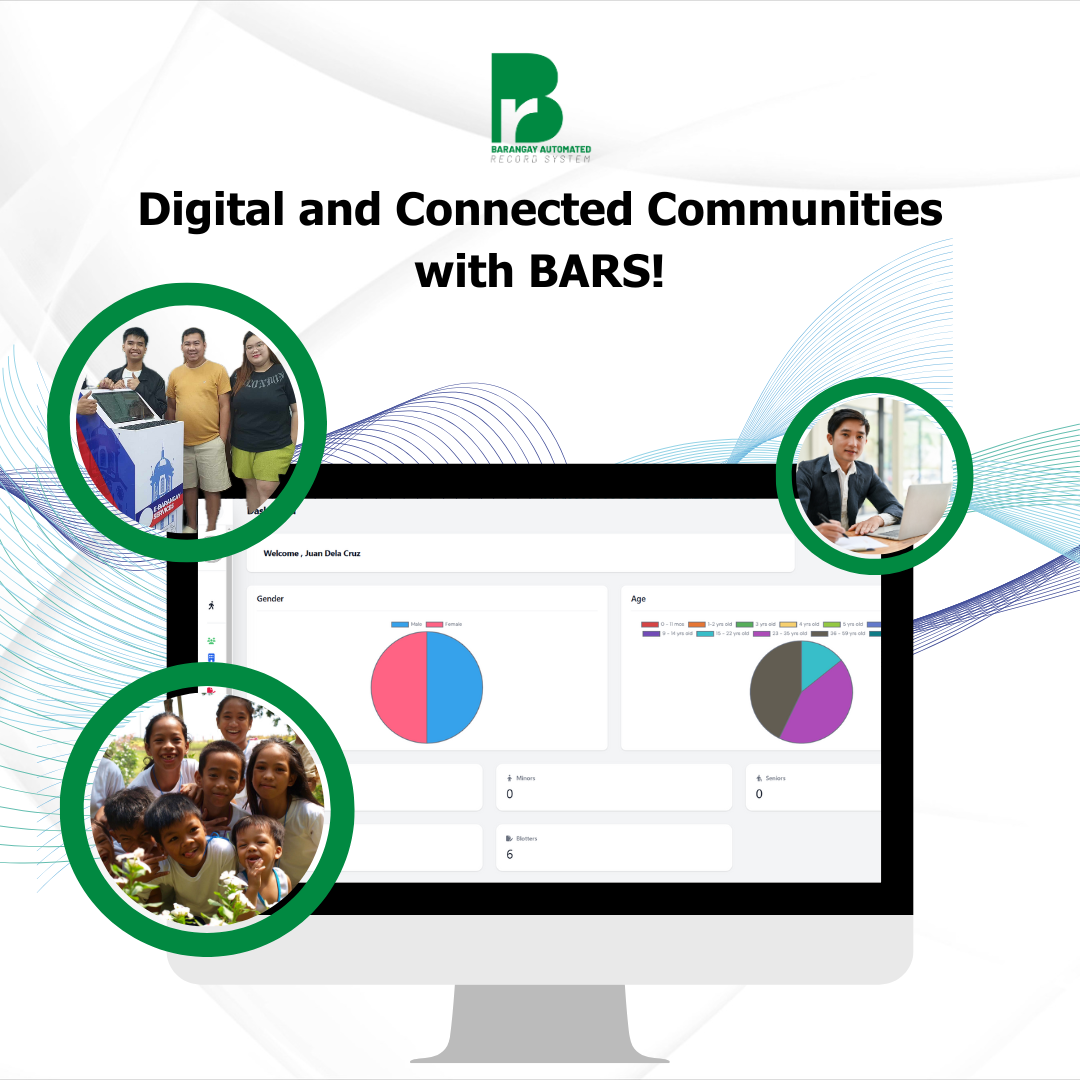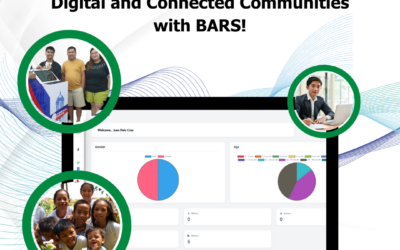Introduction
Welcome to the new era of barangay management in the Philippines! At the heart of this transformation is BARS Philippines, stepping into the spotlight with their Barangay Automated Records Solution (BARS). Imagine a world where bureaucratic hassles are minimized, and services are streamlined. That’s what automation brings to the table, and it’s revolutionizing how barangays operate with tools such as queuing system, kiosk and more.
Understanding the Challenges in Traditional Barangay Systems
If you’ve ever visited a barangay office, you know the drill: long lines, chaotic paperwork, and a significant chunk of time whittled away. Traditional barangay systems are plagued by inefficiencies and a snail-paced service delivery, which can test the patience of even the saintliest individuals. These methods often lack the transparency and effective record-keeping necessary for smooth operations.
What is Barangay Automated Records Solution (BARS)?
Enter BARS, a beacon of hope for barangay staff and residents alike. This solution reimagines traditional processes by incorporating sleek, digital records that are easy to manage and access. At its core, BARS exists to streamline services, eliminate bottlenecks, and foster an environment of transparency and efficiency.
The Need for a Barangay Queuing System
Why queue the old-fashioned way when there’s a better option? A barangay queuing system is like the conductor of an orchestra, ensuring that each participant waits their turn in a harmonious and orderly fashion. This system alleviates overcrowding, distributes workload evenly, and makes the entire affair more manageable and less overwhelming for everyone involved.
Automating Barangay Processes: A Step Forward
Picture this: no more lost birth certificates or wayward community tax certificates. Automation offers a sleek, digital process where everything’s just a click away. Not only does this cut down on the time and energy residents and staff expend, but it also injects a level of precision and promptness that traditional methods simply can’t match.
Features of an Effective Barangay Automated System
So, what makes a great barangay automation system? First, it has to be user-friendly — nobody wants to navigate a complex maze just to complete their processes. Secure data management? That’s a must to ensure information stays out of prying hands. And real-time updates? Well, they’re like having a personal assistant that keeps you in the loop, always.
Online Barangay Portal: Bridging Gaps
This isn’t just any portal; it’s the gateway to efficiency and convenience. An online barangay portal ensures residents can access services anytime, anywhere. It’s a digital bridge that ensures vital processes like applications and registrations can be carried out remotely, reducing in-office congestion and making life easier for all parties involved.
Benefits of Implementing BARS in Barangays
The advantages of BARS solutions are crystal clear. Residents experience faster service, while barangay offices operate with increased accountability and transparency. With clear-eyed vision made possible by real-time data access, community leaders can make better, data-driven decisions for the prosperity of their barangay.
Technological Integration in Barangay Operations
Technology isn’t just available; it’s indispensable to modern governance. From the tangible impact on day-to-day operations to longer-term, community-wide advantages, integrating technology in barangay systems reflects a commitment to growth and progress. Look around, and you’ll find numerous examples within the Philippines where technology has revolutionized operations for the better.
Challenges in Implementing Automated Systems
Of course, with any great change comes resistance. Not everyone is eager to embrace new technology, and there are certainly technical challenges to hurdle. But with proper training and support, these obstacles are surmountable. The transformative power of automation far outweighs the hiccups encountered during the implementation phase.
Success Stories and Case Studies
Don’t just take our word for it. Barangays across the Philippines have started implementing BARS, and the results speak for themselves. From significant reductions in processing times to heightened community satisfaction, the success stories are numerous and indicative of the vast potential BARS holds for any barangay willing to take the leap.
Cost-Benefit Analysis of BARS Implementation
Let’s talk numbers. Initially, there might be financial considerations to factor in, but think of it as an investment in the future. The savings on resources, combined with the improved efficiency and service delivery, provide substantial benefits that far outweigh initial costs, translating into a high return on investment over time.
Future Prospects of Automated Barangay Systems
The road doesn’t end here; in fact, it’s just beginning. As technological advancements continue to evolve, so will the capabilities of barangay systems. The dawn of a new era in barangay service delivery is upon us, setting the stage for unprecedented growth and community engagement through technological innovations.
How BARS is Transforming Barangay Governance
With BARS at the helm, governance becomes not only more efficient but also more inclusive and interactive. Citizen engagement reaches new heights, as access to services is not limited by geography or bureaucracy. BARS isn’t just an upgrade; it’s an evolution in how barangay services are rendered.
Conclusion
BARS Philippines is paving the way for a promising future where barangay processes are swift, efficient, and transparent. By harnessing the power of technology, BARS empowers barangays across the Philippines to operate at their highest potential, ensuring citizens receive the services they deserve with ease and grace.
FAQs
1. What are the primary benefits of BARS for residents?
BARS streamlines processes, reduces waiting times, and improves service delivery, allowing residents to enjoy more efficient and accurate services.
2. How can barangays ensure data security with BARS?
BARS implements robust security measures, including encryption and secure login protocols, to safeguard resident information.
3. What training is required for barangay staff to use BARS?
Comprehensive training programs are provided, covering everything from basic navigation to advanced troubleshooting, ensuring a smooth transition to the automated system.
4. Are there any ongoing costs associated with BARS?
While there are initial setup costs, ongoing expenses typically involve minimal maintenance and occasional updates, designed to keep systems running smoothly.
5. How do residents access the online barangay portal?
Residents can access the portal via any internet-enabled device, providing flexibility and convenience in managing barangay-related tasks remotely.




0 Comments